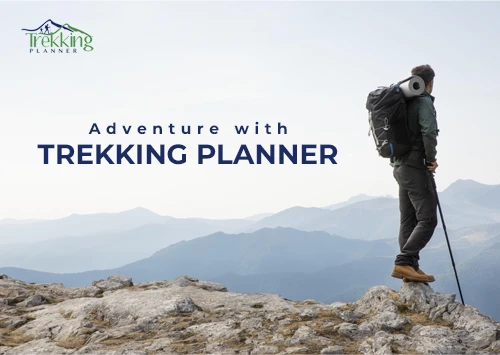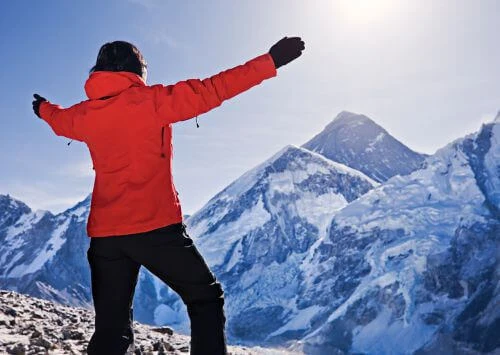Permits and cost for trekking in Nepal.
Home to world’s tallest mountains and some of the most diverse landscapes, Nepal obviously has some of the best trekking trails in the world and the most loved trekking destination (s). When you are in Nepal to explore one of many such trekking trails, you obviously need the permission from concerned authorities. Let us explain about the permits and cost for trekking in Nepal.
Permits for Trekking in Nepal.
While you are trekking in Nepal it is mandatory for you to have a trekking permit to trek in any region. From April 2010, all the trekkers are required to obtain a TIMS (Trekkers Information Management System) Card before you enter in any trekking region in Nepal. This card shall have your personal details and all other details regarding the trek you are going for; carrying it with a copy of your passport is essential for verification at check posts during your trek. TIMS card can be obtained in Kathmandu and Pokhara from TAAN (Trekking Agencies’ Association of Nepal) Secretariat. While the TIMS card for Independent Trekkers is Green, which for organized groups is blue.
For Trekking in Restricted Areas, you need to have a special permit from the authorities. Such special permit is issued by the Department of Immigration and you need to obtain it, before going on the trek, through a legally registered trekking company. Having a restricted trekking permission means that you aren’t allowed to travel solo and without guide in these areas; having a guide is mandatory in these regions. Upper and Lower Dolpo, Upper Mustang, Manaslu Region, areas of Nar and Phu in Manang district, Kanchenjunga Region and Tsum Valley are some of the restricted areas besides the districts of Mugu, Dolakha and Sankhuwasabha.
If you are to enter into the conservation areas and national parks during the trek, which happens in most of the cases, you need to have permits to enter into these sanctuaries. Such permits are issued by National Trust of Nature Conservation or by Department of National Parks and Wildlife Conservation. Chitwan National Park, Makalu Barun Conservation Area, Sagarmatha National Park, Annapurna Conservation Area are some of such protected areas requiring you to have permits for entrance. Generally, such permits are available at the entrance of those areas, with some exceptions.
Keep in mind that your trekking permits aren’t extended beyond the visa expiry date. The tourist visa shall be granted for a period in maximum of 150 days in a visa year (January to December).
Cost of trekking in Nepal.
Not talking about the price the trekking companies charge to you, the trekker, there are other costs that you should bear during the trek. Among these the Visa fees and permit charges are the major ones (carefully check if the costs for trekking permits are included in the price of the package or not).
Talking about the visa fees, you can obtain Tourist visa from Nepalese diplomatic agencies and missions and entry points with different fees with respect to the days of stay and nationality. The visa fee starts from minimum of US $30 for up to 15 days, the total fees to be charged is computed depending on the total period of his/her stay. The trekkers with passport from South Asian Association for Regional Cooperation (SAARC) need not pay visa fee for 30 days. For the extension of visa, US $2 per day is charged to the tourist. For retaining multiple entry facility additional US $20 is to be paid along with the charge of renewal mentioned earlier. Late fee to be charged is US $3 per day. Similarly, there are penalties for the overstaying in Nepal.
Regarding the entry fees for national parks and conservation areas, you have to pay the charge for Annapurna, Manaslu and Kanchenjunga Conservation Areas Sagarmatha, Langtang and Makalu-Barun National Parks. These are per person per entry fees for foreign nationals. Trekkers visiting both the conservation areas are required to have individual entry permits while SAARC nationals are required to pay Nepali Rupees 200 as the permit fee. For restricted areas, the charges depend on the duration of trek in the region and the trekking season. For example, while trekking in Nepal in Upper Mustang and Upper Dolpo region, you need to pay US $500 per person for first ten days after which you need to pay US $50 per day per person.
Thus, the trekking permit and cost for trekking in Nepal depends on the trekking destination, duration and trekking season for which you are opting to. The cost of trekking package including accommodation and other expenses depend upon your negotiation with the trekking company.







